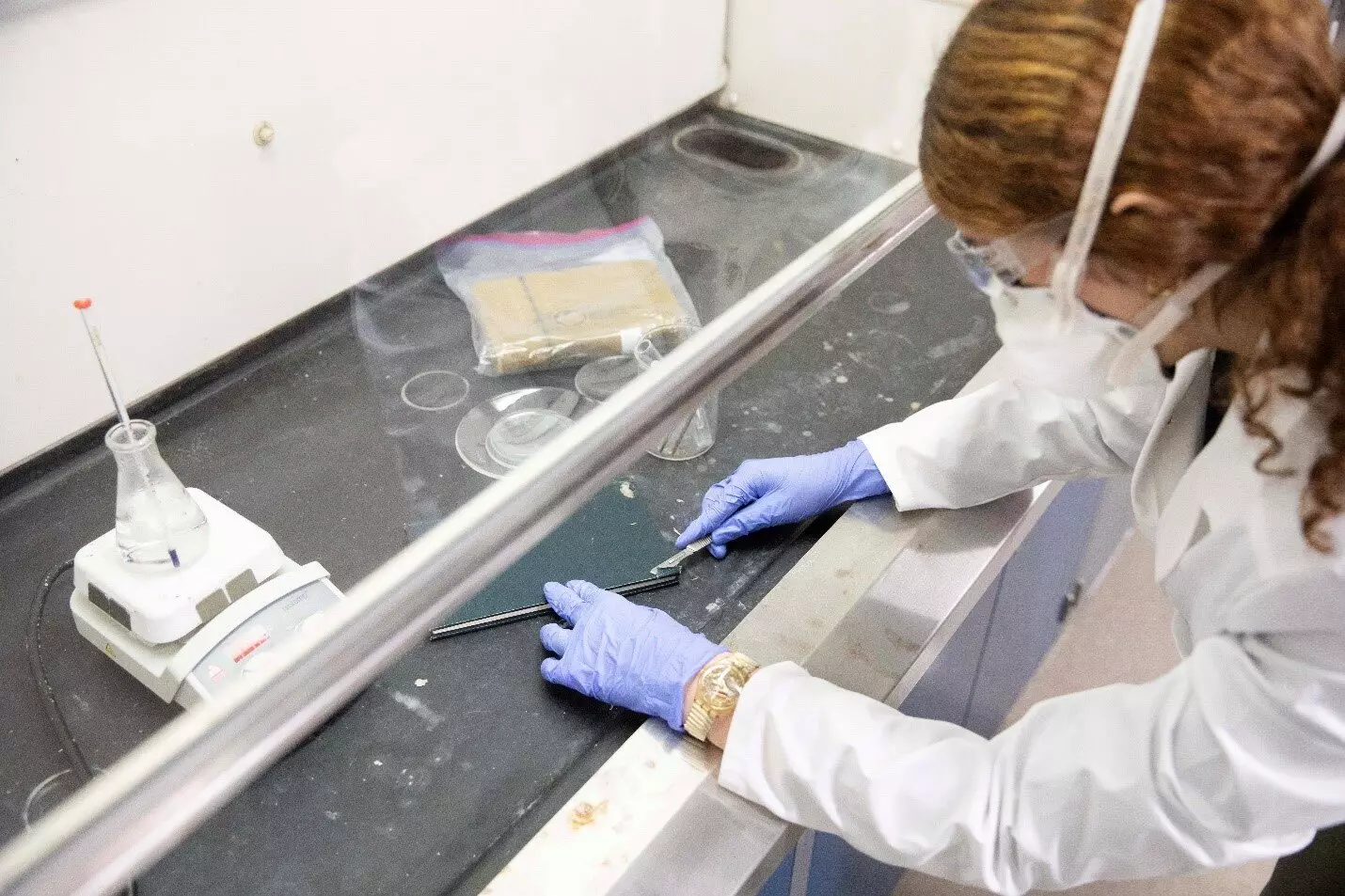When flipping through old books from the Victorian era, one might not realize the potential health risks that come along with handling them. Recent research conducted by a team at Lipscomb University uncovered some alarming findings regarding the toxic dyes used in brightly colored, fabric-bound books from the 19th and early 20th centuries. These dangerous dyes, which were once thought to be harmless, could pose a threat to readers, collectors, and librarians who come into contact with them.
Led by assistant chemistry professor Joseph Weinstein-Webb, undergraduate students Abigail Hoermann, Jafer Aljorani, and Leila Ais embarked on a study to assess the risk associated with handling these toxic books. The team utilized a variety of spectroscopic techniques, including X-ray fluorescence (XRF), Inductively coupled plasma optical emission spectroscopy (ICP-OES), and X-ray diffraction (XRD). These methods were used to detect the presence of dangerous heavy metals in the book covers and determine the concentration of these metals.
The results of the study were nothing short of shocking. The researchers found high levels of lead and chromium in some of the cloth-covered books from the Lipscomb University collection. These heavy metals, when present above acceptable limits, can pose serious health risks upon chronic exposure. Lead, in particular, has been linked to cancer, lung damage, and fertility issues, while chromium can also have detrimental effects on the human body.
A Race Against Time
With the alarming findings in hand, the team took immediate action to ensure the safety of those who may come into contact with these toxic books. Books that tested positive for dangerous dyes were sealed in plastic bags and removed from public circulation. Additionally, the library sealed other colorful 19th-century books in plastic zip-close bags as a precautionary measure until further testing can be conducted.
Moving forward, the researchers plan to share their findings with the Poison Book Project, a global effort to identify and raise awareness about toxic pigments in books. Their ultimate goal is to educate librarians, collectors, and the general public about safe handling, conservation, and storage practices for these old, but hazardous, treasures.
The allure of brightly colored, fabric-bound books from the Victorian era may be tempting, but the hidden dangers lurking within the pages are far from appealing. By shedding light on the toxic dyes used in these books, researchers are taking a crucial step towards protecting the health and well-being of those who handle these historical treasures.


Leave a Reply